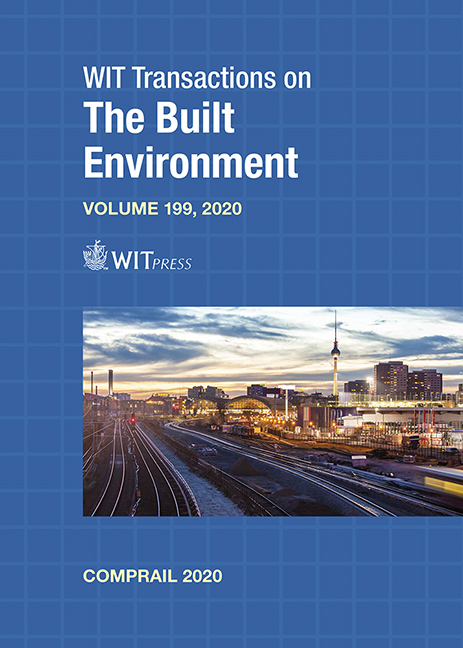PhD Thesis
-
Montali-Ashworth, D. (Creator), Vowles, A. (Supervisor), Kemp, P. (Supervisor), De Almeida, G. (Supervisor)
- Publisher: University of Southampton
- Faculty of Engineering and Physical Sciences, Water and Environmental Engineering Group
- PhD Awarded: 25 June 2020
Abstract
Fluvial habitat connectivity is essential for the transfer of energy, materials and organisms along rivers. In-river barriers (such as dams and weirs) disrupt the river continuum, causing numerous populations of fish to decline as movement between critical habitats is impeded. Gauging weirs, present worldwide, act as barriers to the upstream movement of some fish due to the unfavourable hydraulic conditions created on the downstream face. Regulations, such as the Water Framework Directive (European Commission, 2010) along with others internationally, requires that these barriers be retrofitted or removed so that fluvial connectivity is increased and habitat connectivity restored. There is a need to develop simple low-cost solutions to enhance multi-species fish passage, while not impacting the ability of these structures to gauge flow or increasing their potential to accumulate debris. In this thesis a staggered array of Cylindrical Bristle Clusters (CBCs) were developed as a novel solution to aid fish passage over gauging weirs. The simplicity and modularity of the design helps improve cost effectiveness and ease of installation. Experiments investigated the use of an array CBCs, mounted on the downstream face of Crump weirs, to improve upstream passage of multiple species of fish while maintaining gauging accuracy. Results showed that the passage efficiency of a Crump weir was increased for roach and chub when retrofitted with CBCs. Swim path analysis indicated fish utilised low velocity zones in the wake of clusters to facilitate passage. Fish exhibited a range of sinuous swimming behaviours while manoeuvring through the CBC array to ascend the weir, the most common of which was zigzagging between two lines of clusters. Time taken to pass the weir and length of the swim path were greatest under the highest cluster density, where manoeuvrability was most constrained. Debris accumulation was minimal during the test period. Passage efficiency, the number of fish that passed as a percentage of those that attempted to do so, was a function of cluster diameter and spacing; efficiency was highest (> 80 %) when the ratio of lateral cluster spacing (centre to centre) (Sc) to diameter was less than 5. Cluster array configurations with the lowest wake overlap (D = 0.03 m, Sd = 0.15 m) produced the highest array drag. Maximum velocity reduction can be obtained when wake overlap is minimised, where low velocity areas no longer extend from one cluster to the next. However, wake overlap has a significant influence on fish passage where increasing the proportion of linking low velocity area is more beneficial for fish. Therefore, a compromise is required between increasing velocity reduction potential and improving fish pass utilisation where increased wake width and overlap are potentially best. Consequently, optimal conditions for fish passage can be obtained through tailoring array layout so that the area of low velocity and spacing between the clusters is maximised whilst increasing the overall flow resistance created by the pass. This body of research highlights the potential for a staggered array of CBCs to improve the upstream passage of multiple species of fish at gauging weirs, common barriers to fish migration, without affecting the accuracy of flow gauging. Placement of clusters close to the weir crest without compromising gauging accuracy is a key benefit of this design for regulatory agencies, ecological engineers, and the operators and managers of river infrastructure tasked with mitigating habitat fragmentation for fish while maintaining the provision of services.






